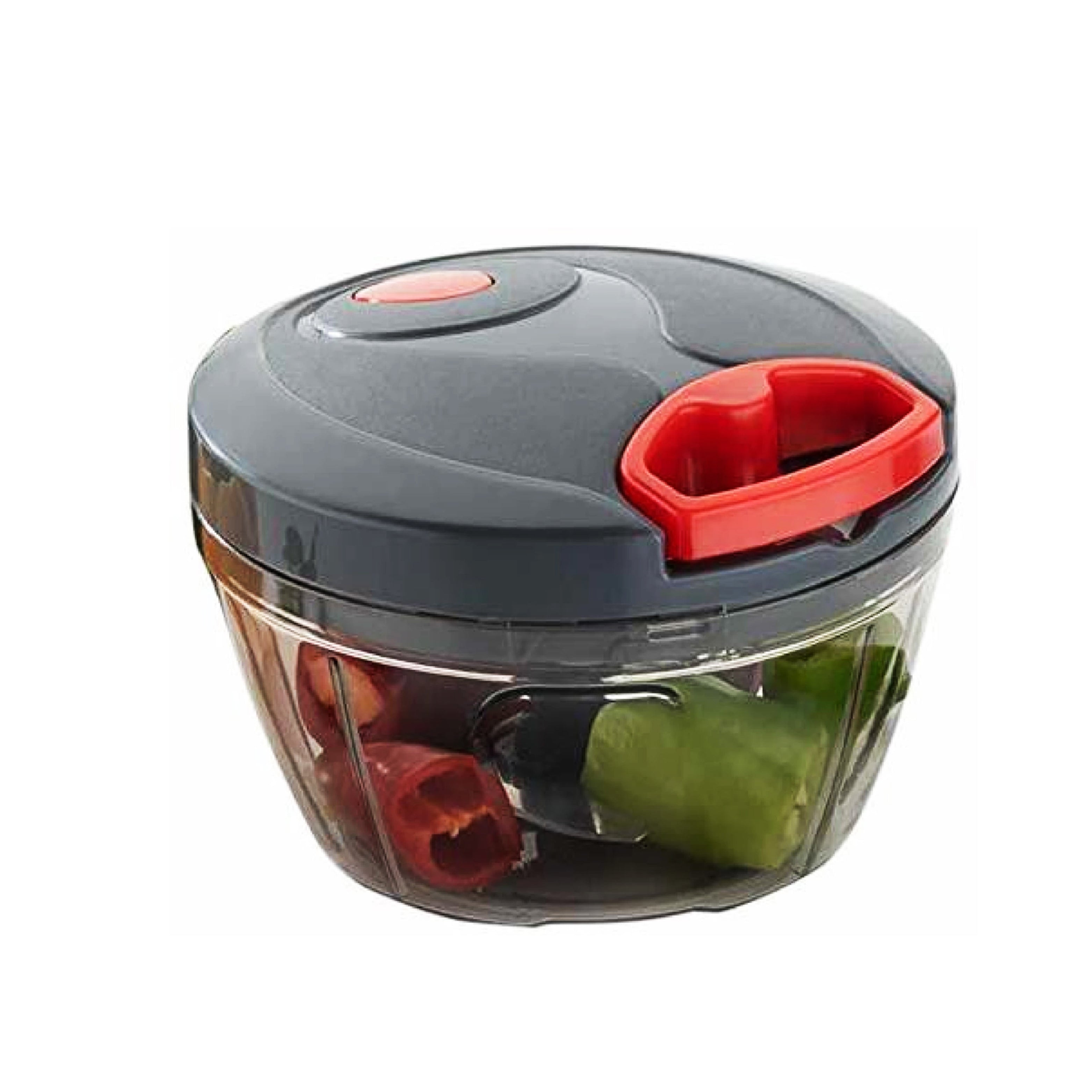
Kinetic Generators are a new way to produce power from various sources. These include motion from a person running or walking, the movement of a car, or even the flow or air.
Induction electromagnetic is the most common method by which generators convert kinetic into electrical energy. In this process, the motion of a coil of wire is changed into electric current by generating a magnetic field through a magnet that is attached to it.
Piezoelectricity is a way to convert kinetic energy into electrical energy. It is a property that certain materials have, which allows them to accumulate charge in response to mechanical stresses. This form of electric is used often in microphones for the transformation of sound into an electronic signal.
To harness this energy as an alternative for batteries, several different types of generators have also been developed. These generators could be used for anything, from medical equipment to flashlights or cell phones.

With the Internet of Things' (IoT), smart ranching has been a major research field. This technology is based on sensor systems to monitor and report livestock movement. This method requires power and it's been suggested that animal movements can be used to generate this energy.
You can harvest kinetic power by using a rod which is able to bend and follow the movement of a cattle or another animal. During this movement, a small magnetic field is created in the core of the rod. This magnetic field causes the generator to rotate, which generates a voltage in the armature coil.
A linear generator can be used as another method to convert the kinetic energy of a vehicle into electrical energy. A linear generator is a generator that generates an electrical current by using the motion of a conductor or magnet.
This is a very simple and inexpensive way to generate electricity, but it can be difficult for a child to understand the basics of how the process works. There are a number of kits that allow children to easily learn how a power generator works.
Kids will love the Motors and Generators from Thames & Kosmos kit. It teaches them how kinetic energies can be converted to electrical energy. This set contains (12) pieces as well as (25) experiments. It also includes a guide that explains the entire process.

The kit contains a hand crank motor and circuit board, so that children can construct an electric engine and learn about how electricity is generated. The kit is ideal for kids ages 8 and up.
The kit includes basic tools that kids can use to build a simple generator. This electric generator will run on a hand-crank and produce a light. The kit allows kids to understand the workings of this process and can teach them how to save electricity at home by turning lights off when not in use.
FAQ
Are you a fan of using coupons at grocery stores
Coupons can be a good way to save money. However, you also need to remember that you can't expect to get every single discount possible. It's best to match coupons with prices on sale.
Coupons can be stacked together to maximize savings. Combining two $2/1 coupons could result in a single $4/3 coupon.
What are the benefits and drawbacks of shopping online?
Online shopping provides many benefits for consumers as well as retailers. The main benefit is convenience. People can shop anywhere they want. Also, there are fewer restrictions on what you buy because you don't have to go into stores to browse. There are also some drawbacks. Online shoppers may not always know how much an item will cost until they make a purchase. This could lead to them spending too much. Customers may also feel more comfortable buying online from large-box stores as they are used to seeing the products in person. Additionally, customers who order something online will not be able to return their product. Finally, online shopping may pressure brick-and-mortar stores because they might lose business to online competitors.
Are there any other things I should know when buying clothes online?
Before shopping online for clothes, there are many factors you should consider. First, make sure you know your size. It may seem obvious, but most companies don't provide this information so you might have to guess.
Be aware of shipping costs. Shipping costs will vary depending upon the item ordered. Make sure you know exactly where the package is going. Some items ship directly from the manufacturer while others go through a third party warehouse. This can have an impact on delivery times.
Read reviews. There are many instances of poor experiences. Don't let someone else's experience influence yours.
Statistics
- The vast majority only change a password to protect privacy a few times a year (27 percent) or, more likely, never (35 percent). (pcmag.com)
- The tax is automatically added once you click the checkout button, so factor in an additional 20% when looking at the product page. (makeuseof.com)
- Last Black Friday, I bought a stove from Lowes at 40% off, receiving 24 months of interest-free financing (from Lowe's). (meetfabric.com)
- According to the Federal Trade Commission (FTC), online shopping was the fourth most common fraud category for consumers as of February 2022.5 (thebalance.com)
External Links
How To
What are the safest online shopping methods?
If you want to shop online safely, safe online shopping is essential. It's important to know how you can shop at different sites without being scammed.
Read on if you want to know what to do when buying items online! This article will give you all the tricks and tips necessary to ensure that you don’t fall for a scam.
-
Do your research. Before you decide to shop online, it's essential to do your homework first. You can read reviews about the company and look for feedback from customers. Refer to friends for suggestions.
-
You can shop around. If you aren’t certain whether a particular retailer is trustworthy, compare prices from multiple sellers. Also, consider using price comparison apps like Google Shopping and Amazon Price Checker. These tools can help you find the best prices from your favorite retailers.
-
Watch out for red flags. Watch out for signs that a scammer might be trying to trick customers when browsing product pages. Fake sites often have misspelled words, grammatical mistakes, and other problems. These fake sites may also sell counterfeit products or display insufficient products.
-
Pop-up windows are a danger. Some websites use pop-ups as a way to collect sensitive data such as passwords and credit card numbers. If you encounter one of these, close them immediately by pressing "escape" or choosing another browser window.
-
Ask yourself questions. Ask yourself these questions whenever you visit a website. Is it able to provide what I need? Can I trust the people behind the site?
-
Don't divulge your personal information. If you initiated the transaction, don't give out financial information, such as your Social Security Number, bank account number, and credit card details, over the phone or by email.
-
Avoid clicking on email links. It is very easy to click links in emails and end up on a fake website. This type of fraud can only be avoided by opening emails from trusted sources, such as banks.
-
Use strong passwords. A strong password should include letters, numbers, and symbols. Your password should be kept secret from others and you must not share it.
-
Be careful about downloading files. Never open attachments from unknown senders and always download files directly from the source. Never open attachments from unknown recipients. If you are sent an attachment asking you to install software, do not open it.
-
Report suspicious activity. Contact your local police department immediately if your identity is suspected to have been stolen. You may also file a complaint to the Federal Trade Commission.
-
Protect your device. You should have anti-malware software installed on your computer. It could help stop hackers from accessing your private info.
-
Be aware of scammers targeting seniors. Seniors are especially vulnerable to scams because they are less likely to understand how to spot fraudulent messages and websites.